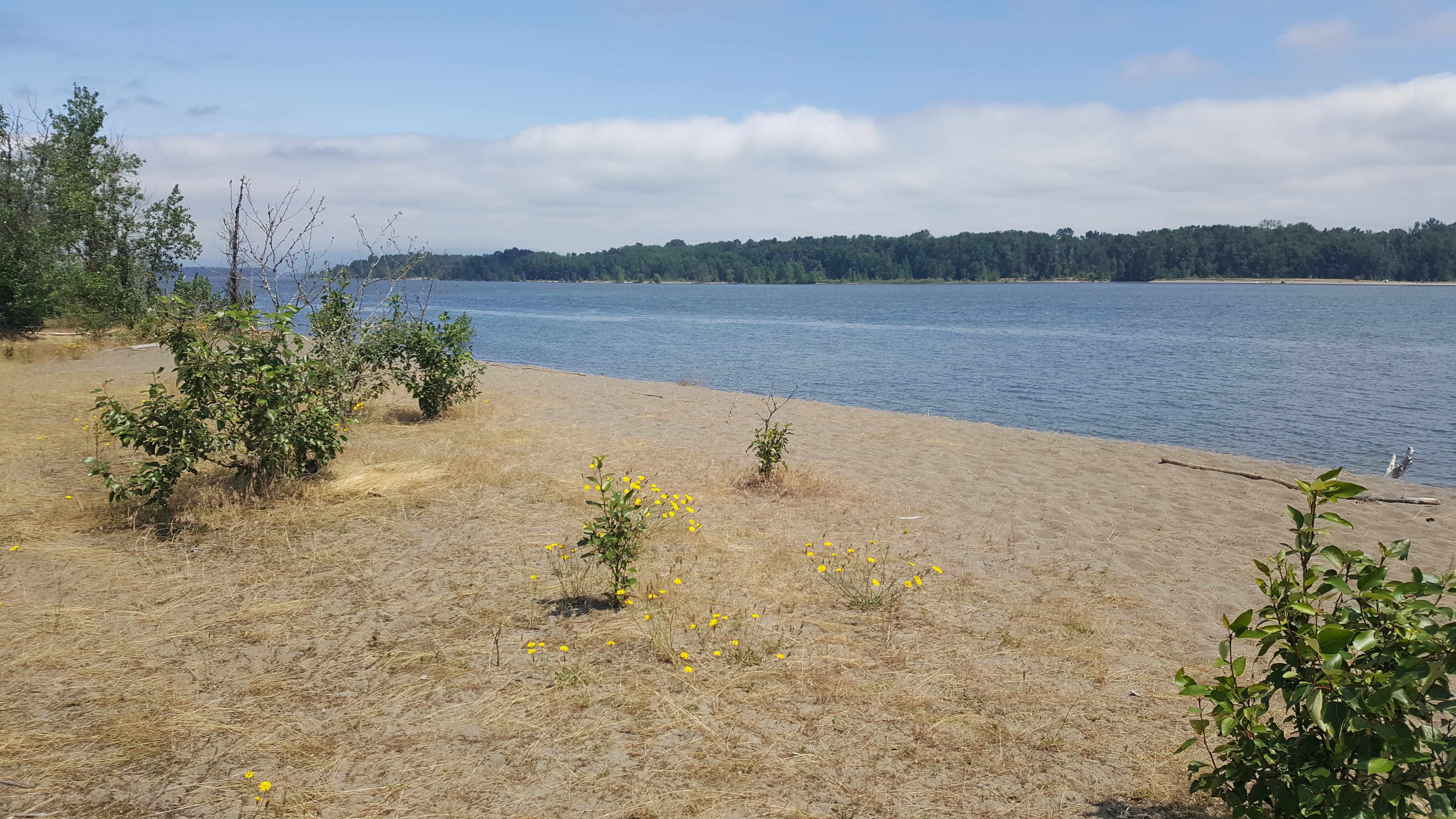Beware the weed that killed Socrates — Poison hemlock creeps back into Columbia County parks
Published 5:00 am Thursday, July 3, 2025

- Poison hemlock can be identified by its feathery, fernlike leaves, purple-splotched stem and white, umbrella-shaped flower clusters. (Courtesy of Wikimedia Commons)
An invasive, noxious weed is once again sprouting in Columbia County.
The Scappoose Bay Watershed Council warned Columbia County residents to be aware of poison hemlock in the area. Hallmarked by its feathery, musty-smelling leaves and purple-splotched stems, the weed causes skin irritation when touched and is often fatal when ingested by people or animals. (In fact, an extract of the plant was used to kill Socrates in ancient Greece, according to the Oregon Department of Agriculture.)
Poison hemlock can grow up to 12 feet tall and can be found in every county in Oregon. It is most often spread when seeds hitch a ride on hiking boots, through the waterways and in the wind.
According to the Oregon State University Extension Service, the plant is part of the same family as carrots, parsnips and celery. It bears the same white, umbrella-shaped flower clusters that other members of that plant family do. For this reason, poison hemlock is often mistaken for wild carrot, wild parsley or wild parsnip.
Patches of the plant were recently found in public spaces in Scappoose, including Veterans Park, Chief Concomly Park and Crown Zellerbach Trail. However, the presence of poison hemlock is no worse in the area this year than it has been in years past, SBWC Executive Director Rachell Meyers said, and the organization is working with the city to help remove it.
Removal is no easy task
The easiest time to remove poison hemlock is in early spring when florets of the plant are emerging, Meyers said. At that point, spray treatment is very effective.
Once the plant flowers and begins creating seeds, getting rid of it is a much more arduous task. To prevent seeds from spreading, the plant needs to be removed by hand by someone wearing proper PPE — a long sleeve shirt, pants, glasses, gloves and a mask. The plant must be chopped to the ground and then bagged in trash bags.
“This plant cannot be burned or composted and should be put directly in the trash,” Meyers said.
Because poison hemlock is a biennial plant, repeated treatment may be needed the following spring, Meyers said.
It is highly encouraged to seed or replant areas — such as with grass or native species — where poison hemlock is removed. There are likely more poison hemlock seeds that can germinate, and planting new flora can help crowd out the weed so it’s less likely to reestablish.
Staying safe from poison hemlock
Those who encounter poison hemlock should avoid touching it. If skin does come into contact with the plant, it’s important to wash the area as soon as possible.
“Not everyone will have a reaction to poison hemlock, and exposure can be worsened by the sun, similar to giant hogweed,” Meyers said.
The plant can be fatal if eaten, so do not ingest it, Meyers said.
While the highest priority areas for poison hemlock removal are community spaces frequented by children, pets and families, Meyers said homeowners are also encouraged to inspect their property for the plant. Homeowners should not mow or weed whack the plant if they find it, as this can cause the toxic chemicals in the plant to enter the air.
If livestock are fed, they typically won’t try to take a bite out of poison hemlock, Meyers said.
“There are many invasives that are common along roadways such as tansy ragweed that are also toxic to livestock,” Meyers said. “Livestock typically know the difference and won’t ingest anything toxic as long as they have plenty of grazable land or food access.”





